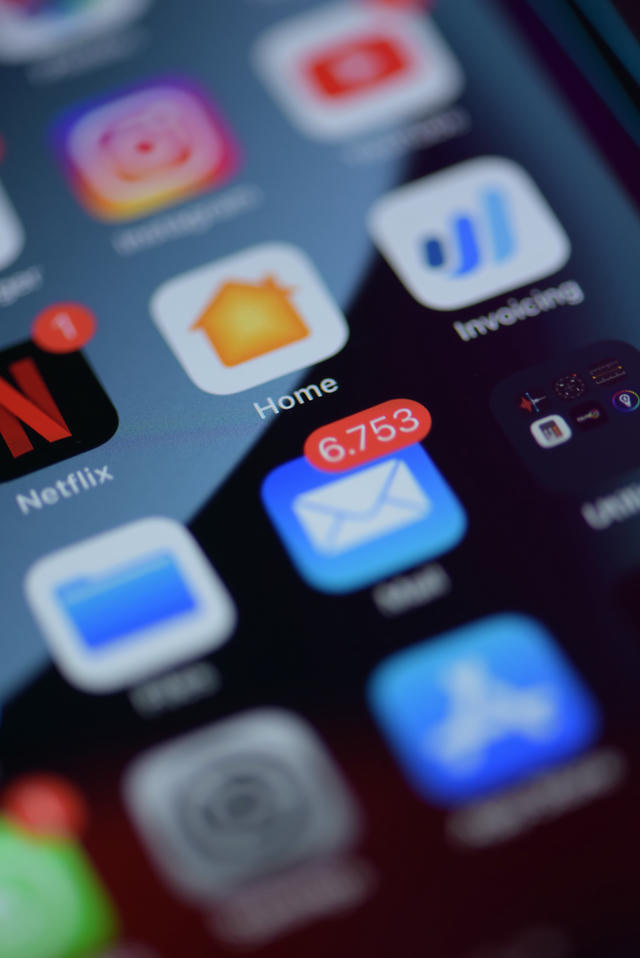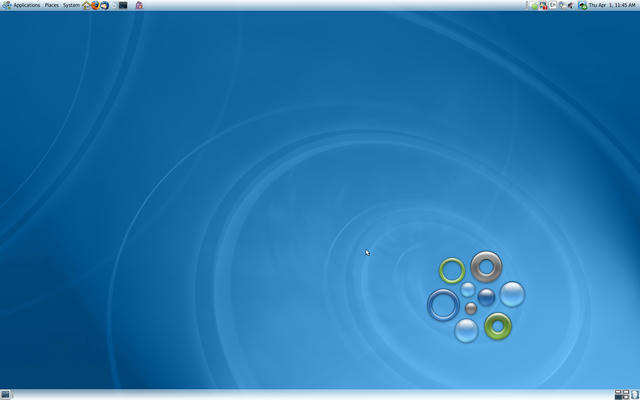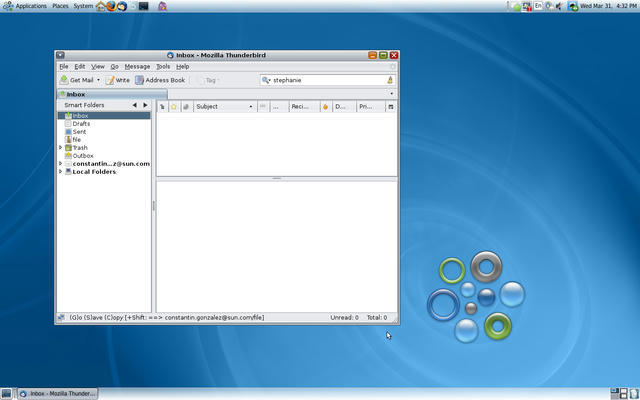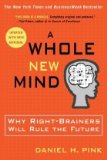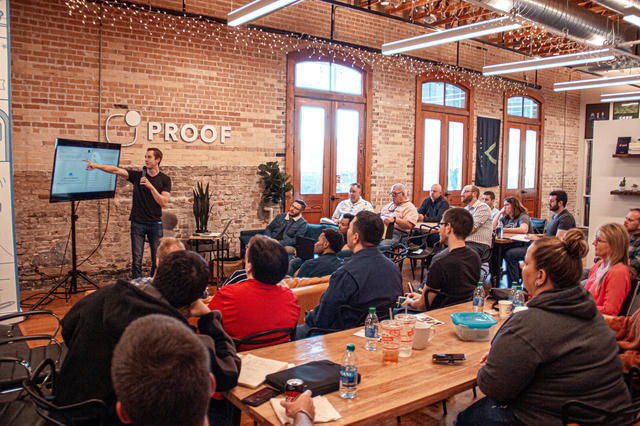
The four horsemen of a dying career (and the shields that protect you)
Working for my then employer’s Munich office in 2011, I felt it—that hollow sensation when your career becomes a treadmill. The acquisition of the company I originally joined had stripped away the technological beauty and purpose I’d thrived on for more than a decade. The rigid culture, the pure commercial focus, the loss of autonomy.
I wasn’t incompetent, broke, or irrelevant… I was just bored.
And boredom, I realized, was the first horseman of a dying career.



